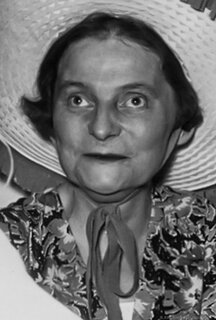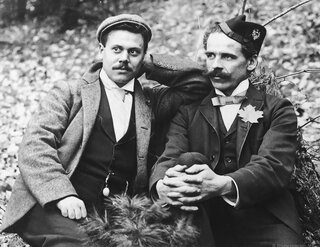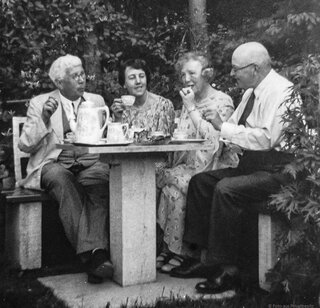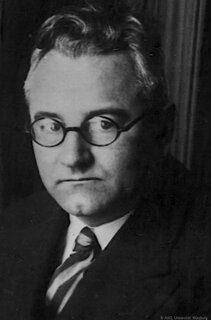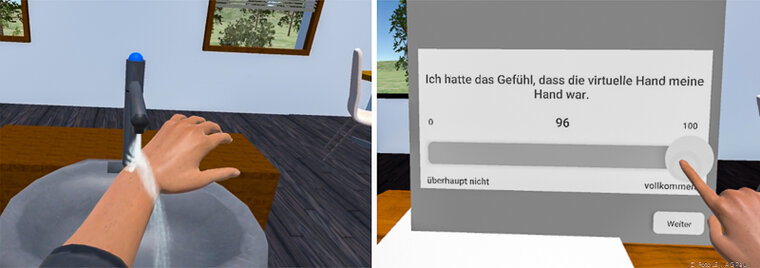
Within immersive virtual reality (VR) users can experience the illusory feeling of owning a virtual body. Initial studies demonstrated that this virtual embodiment can be used to reduce experimental and clinical pain. The virtual body and its interaction with the virtual environment can be manipulated in numerous ways. Within the current project, we induce virtual body ownership illusions to investigate the influence of different factors (e.g., ownership, agency, contextual factors, attention) on pain perception. In the long term, the studies should contribute to developing novel treatments for disorders involving altered body image, such as chronic pain. The pictures depict the virtual hand of a participant under a tap and a rating procedure in virtual reality (Workgroup: Pain and Applied Neuroscience)
Photo: Ivo Käthner

